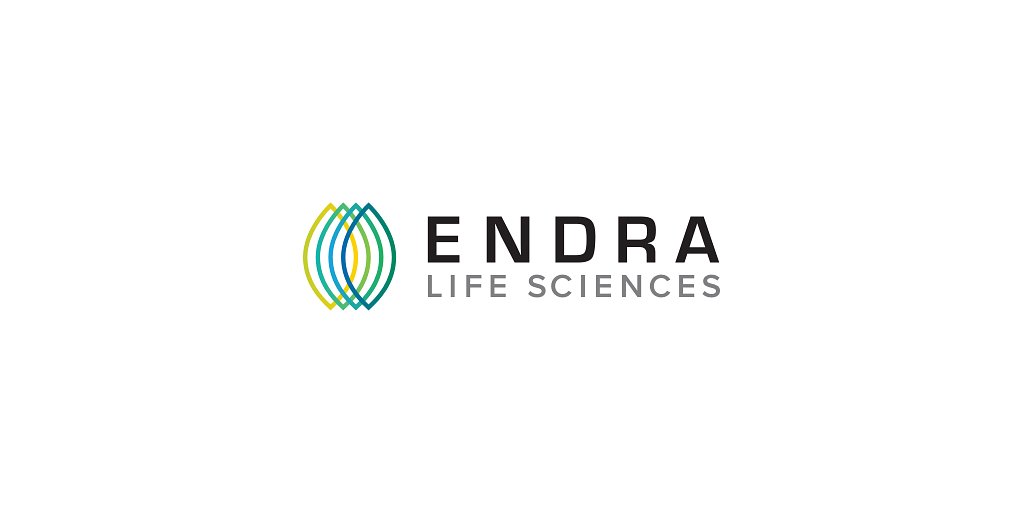
ENDRA's TAEUS Device: A Potential Game Changer in Non-Invasive Liver Disease Diagnosis?
ENDRA Life Sciences’ thermoacoustic imaging technology aims to disrupt the liver disease diagnostics market with a cost-effective, accessible alternative to MRI. But can this financially challenged medtech firm deliver on its promise?
ENDRA's TAEUS Device: A Potential Game Changer in Non-Invasive Liver Disease Diagnosis?
NEW YORK, NY – November 20, 2025
A New Approach to Liver Fat Quantification
ENDRA Life Sciences Inc. recently announced promising preliminary results from a single-site feasibility study evaluating its Thermo Acoustic Enhanced UltraSound (TAEUS) Liver device. The technology, designed to quantify liver fat fraction – a key biomarker for Metabolic Dysfunction-associated Steatohepatitis (MASH) and Steatotic Liver Disease (SLD) – is positioning itself as a potentially disruptive force in a rapidly growing market. Currently, Magnetic Resonance Imaging-Proton Density Fat Fraction (MRI-PDFF) is the gold standard for assessing liver fat, but its high cost – exceeding $2,500 per exam – and limited insurance coverage create significant barriers to widespread adoption. ENDRA is betting that its TAEUS device can deliver comparable accuracy at a fraction of the cost, opening up opportunities for more frequent monitoring and earlier intervention.
“The current diagnostic landscape for liver disease is ripe for innovation,” notes one industry analyst. “There’s a clear need for solutions that are both accurate and accessible, especially as the prevalence of conditions like MASH and SLD continues to rise.” The company claims its device, which integrates with existing ultrasound machines, offers a potential solution by providing a portable, point-of-care alternative.
Financial Hurdles and the Path to Commercialization
While the technology holds promise, ENDRA’s journey towards commercialization isn’t without its challenges. The company has a history of financial struggles, consistently operating at a loss and relying on external funding to stay afloat. Recent SEC filings reveal a precarious financial situation, with the company acknowledging the need for continued capital raises. However, in October 2025, ENDRA completed a private investment securing approximately $4.9 million in gross proceeds, a critical step towards regaining NASDAQ compliance and funding further development.
“The financial aspect is crucial,” explains a source familiar with the company. “They need to demonstrate a clear path to profitability to attract investors and ensure the long-term viability of the business.” The device’s potential cost-effectiveness is a key selling point, but ENDRA must also navigate the complex regulatory landscape and secure reimbursement from insurance providers to achieve widespread adoption. The company submitted a De Novo classification request to the FDA in 2023, marking a departure from the traditional 510(k) pathway, suggesting the technology lacked a legally marketed predicate device.
Validating the Technology and Expanding the Clinical Data
The recent feasibility study provides encouraging data, demonstrating strong agreement between TAEUS measurements and MRI-PDFF results. Researchers observed a correlation of r=0.89 and found that over 90% of subjects fell within a 5% error margin. Importantly, the technology maintained consistent accuracy across a range of body mass indices (BMI) and disease severity levels – a limitation of some existing methods. However, it's important to note that this was a single-site study involving a relatively small sample size.
ENDRA is now conducting a multi-site pilot study, collecting data from over 100 subjects to further validate the technology's performance and refine the algorithms. The company plans to engage with the FDA to finalize the design of a pivotal study, a critical step towards securing De Novo classification and commercial approval. “Expanding the clinical data set and demonstrating consistent results across multiple sites is paramount,” states a radiologist familiar with the technology. “The more robust the evidence, the greater the likelihood of regulatory success and clinical acceptance.” Prior research, even dating back to 2019, has suggested positive correlations with gold-standard methods, although advancements have been made in refining the technology and algorithms.
Market Potential and the Reimbursement Challenge
The market for liver disease diagnostics is expanding rapidly, driven by the growing prevalence of conditions like MASH and SLD, which affect over 2 billion people globally. The current market is projected to reach $66.40 billion by 2033, with a CAGR of 6.39%. The development of new therapies for MASH/MASLD further fuels the demand for accurate and non-invasive diagnostic tools. However, securing reimbursement from insurance providers remains a significant hurdle for any new medical technology. The lack of coverage for MRI-PDFF highlights the challenges in the current landscape. ENDRA will need to demonstrate the cost-effectiveness and clinical value of TAEUS to convince payers to cover the procedure. This will require conducting health economics and outcomes research (HEOR) studies and engaging in proactive dialogue with insurance companies and government agencies.
“Reimbursement will be the key to unlocking the full potential of this technology,” explains one healthcare consultant. “If they can demonstrate that TAEUS provides comparable accuracy to MRI at a significantly lower cost, they have a strong argument for coverage.”
📝 This article is still being updated
Are you a relevant expert who could contribute your opinion or insights to this article? We'd love to hear from you. We will give you full credit for your contribution.
Contribute Your Expertise →